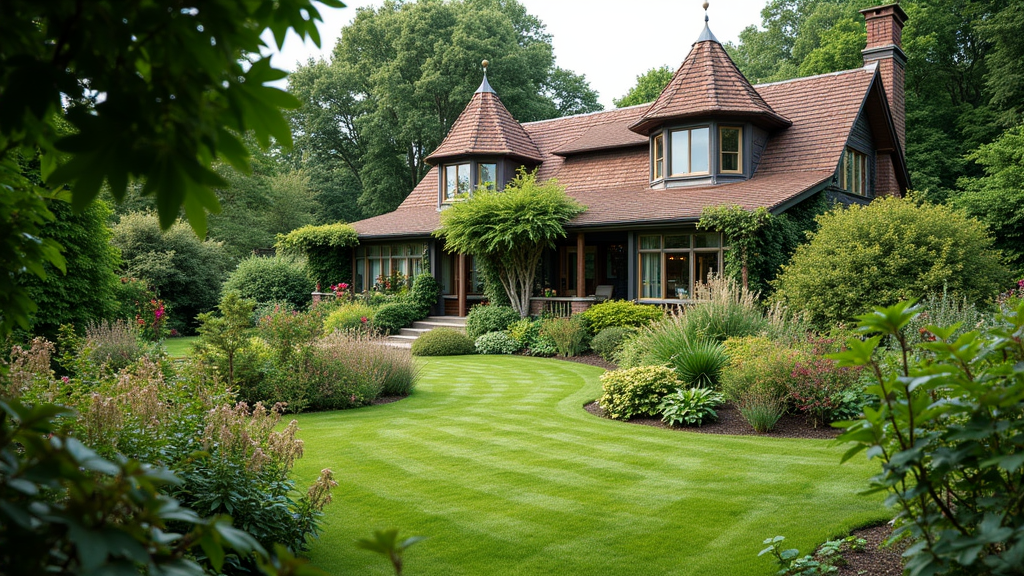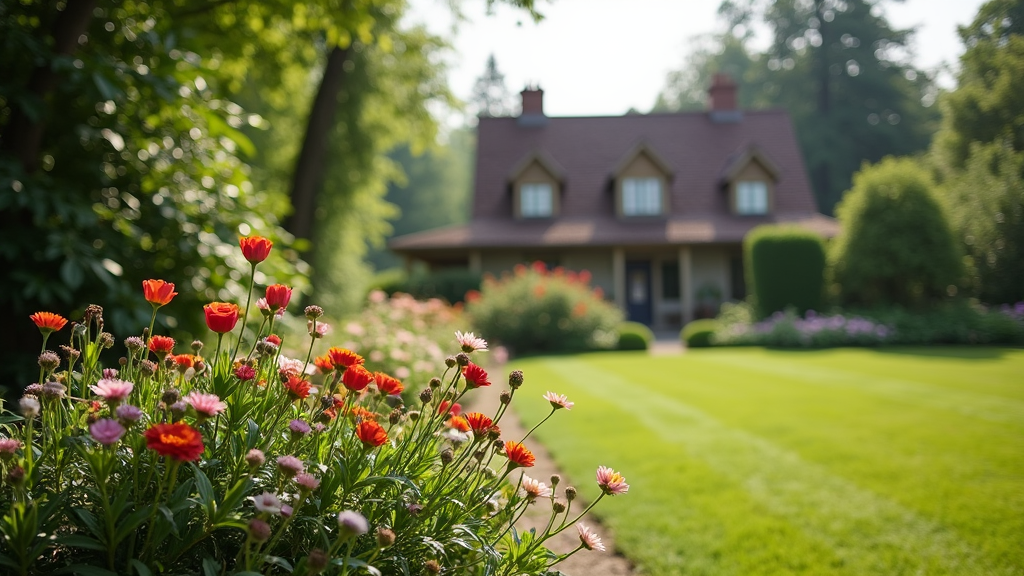Introduction
Creating an outdoor space that serves multiple functions—from entertaining guests to providing a peaceful retreat—can be both exciting and daunting. A well-planned area not only increases the usability of your yard or garden but also enhances its aesthetic appeal. One of the most effective ways to achieve this is through layered lighting. By strategically incorporating different types of landscape lighting, you can create zones for various activities while ensuring safety and ambiance after sundown. In this comprehensive guide, we’ll explore the nuances of Planning a Multi-Functional Outdoor Space with Layered Lighting.
Understanding Landscape Lighting
What is Landscape Lighting?
Landscape lighting refers to the use of outdoor lighting fixtures to illuminate areas in gardens, yards, and other outdoor spaces. These lights enhance visibility, safety, and aesthetics during nighttime. Whether it's highlighting architectural features or creating a cozy atmosphere for gatherings, landscape lights play a crucial role.
The Importance of Outdoor Lighting
Outdoor lighting serves several essential purposes:
Safety: Illuminating pathways and entrances helps to prevent accidents. Security: Proper lighting can deter potential intruders. Aesthetic Appeal: Well-planned lighting enhances visual interest. Functionality: Different zones can be lit according to their intended use.
Types of Landscape Lights
Pathway Lights
Pathway lights are typically placed along walkways or driveways to guide guests safely while adding charm to your landscape.

Spotlights and Floodlights
These fixtures provide focused illumination for specific areas or features like trees, sculptures, or architectural details.
String Lights
String lights bring warmth and festivity to any outdoor gathering. They are perfect for patios and decks.
Wall Washers
Wall washers illuminate vertical surfaces, creating depth by casting light on walls or fences.
Layering Your Outdoor Lighting
What is Layered Lighting?
Layered lighting involves combining various types of lights at different heights and positions to achieve a balanced effect that serves multiple purposes.
Why Use Layered Lighting?
Using layered lighting allows you to create depth, highlight features, and ensure functionality in your outdoor space.
Planning Your Multi-Functional Outdoor Space with Layered Lighting
Establishing Zones within Your Space
Entertainment Zone
For hosting friends and family, consider using string lights overhead for ambiance combined with spotlights on seating areas.
Relaxation Zone
Create a serene space with soft wall washers that highlight plants or artwork while ensuring comfortable seating remains visible.
Dining Zone
Utilize bright pathway lights leading up to your dining area while incorporating table lanterns for intimate meals under the stars.
Choosing the Right Fixtures for Each Zone
Fixtures for Entertainment Areas
- String Lights: Ideal for festive atmospheres. LED Spotlights: To highlight entertainment features like outdoor kitchens or bars.
Fixtures for Relaxation Areas
- Soft Wall Washers: For subtle illumination around seating arrangements. Solar Lanterns: To introduce eco-friendly options without wiring concerns.
Fixtures for Dining Areas
- Tabletop Lanterns: Provide focused light on dining tables. Hanging Fixtures: Can be suspended above tables for direct illumination.
Determining Light Levels for Safety and Ambiance
Balancing Brightness Levels
It’s vital to balance brightness levels between different zones:
Pathways should be well-lit but not overwhelming. Dining areas may require brighter lights than relaxation zones. Use dimmers where possible for flexibility in brightness adjustment.Color Temperature Considerations in Outdoor Lighting
Warm vs. Cool Light
Choosing between warm (yellowish) and cool (bluish) light can dramatically affect the mood:
- Warm light creates a cozy atmosphere ideal for social settings. Cool light works well in modern designs but can feel stark if overused.
Integrating Smart Technology into Your Landscape Lighting Design
Benefits of Smart Outdoor Lighting Systems
Smart systems allow remote access via apps or voice control, making it easier to adjust settings based on activities or times of day.
Examples of Smart Features
- Timers that automatically turn lights on/off. Color-changing bulbs that allow you to customize moods instantly.
Selecting Energy-Efficient Solutions
LED vs Traditional Bulbs
LED lights consume significantly less energy than traditional incandescent bulbs while lasting much longer—making them an eco-friendly choice!
Maintenance Tips for Landscape Lights
Regular Cleaning Procedures
Keep fixtures clean from dirt and debris; dirty lenses reduce light output significantly!
Check Wiring Annually
Inspect wiring at least once a year; ensure there are no frays or breakages that could pose safety risks!

Incorporating Natural Elements into Your Design
Use Plant Life as Part of Your Lighting Scheme
Strategically placing uplights near trees can create dramatic effects while integrating nature within your overall design scheme!
FAQs about Planning a Multi-Functional Outdoor Space with Layered Lighting
What is the best type of lighting for pathways?- Pathway lights are ideal as they guide visitors safely without being too harsh on the eyes.
- Warm color temperatures work best in social settings, while cooler temperatures suit modern designs.
- Yes! Many fixtures come with straightforward installation instructions; however, hiring an electrician ensures safety compliance!
- Regular cleaning and annual inspections are key; check wires and replace any burnt-out bulbs promptly!
- A general rule is one fixture every 10–15 feet along paths; adjust based on personal preference!
- Yes! Solar options are eco-friendly but may have lower intensity than wired counterparts; ensure placement receives adequate sunlight during the day!
Conclusion: The Beauty of Layered Outdoor Spaces
Designing an outdoor space that functions well at night requires careful planning—but layered lighting makes it all worthwhile! By understanding various fixture types along with strategic placement techniques, you’ll achieve stunning results that elevate both form & function! So don’t hesitate—start planning your multi-functional outdoor space today!
This article serves as your guide toward creating that perfect blend between utility & beauty through thoughtful consideration when implementing layered landscape lighting solutions! Happy decorating!